Where to find, if not in the city where Italian fashion was born, the best artisan ateliers?
Italian fashion has a date of birth: July 22, 1952. And a place of birth: Florence, the undisputed cradle of the “Made in Italy”. Today, it pursues its existence in the wonderful world of tailors, the best you can find, and of dressmakers, true geniuses with godet and bias binding. For you, only the best ateliers.
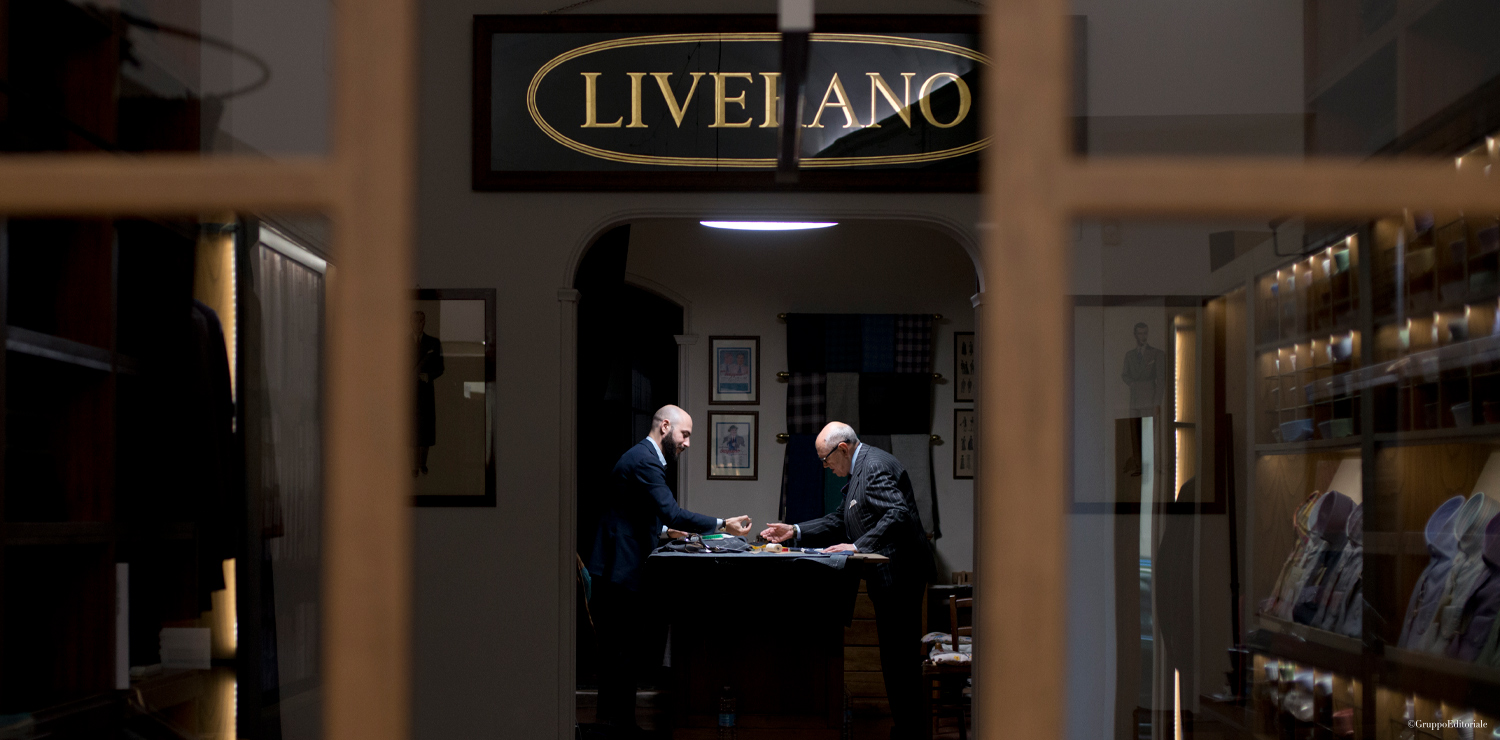 Liverano & Liverano sartoria
Liverano & Liverano sartoria
Liverano & Liverano sartoria
“Many today speak about tailoring without knowing too much about this craft, the most beautiful in the world. It takes me 70 hours to finish a piece, and I don’t use a machine for the overcast stitching. My jackets, for example, have just one pleat. The shoulder is sloped, the seams are backstitched, the sleeves have no wrinkles or creases and the sleeve head is rounded and in line with the shoulder.” These are the words of Antonio Liverano, a traditional tailor. Only he cuts the fabrics and takes the measurements, working 15-16 hours per day bent over a tailoring table, adhering still today to the principles of the old Florentine school. His clients include the most well-known men in the world of politics and economy.
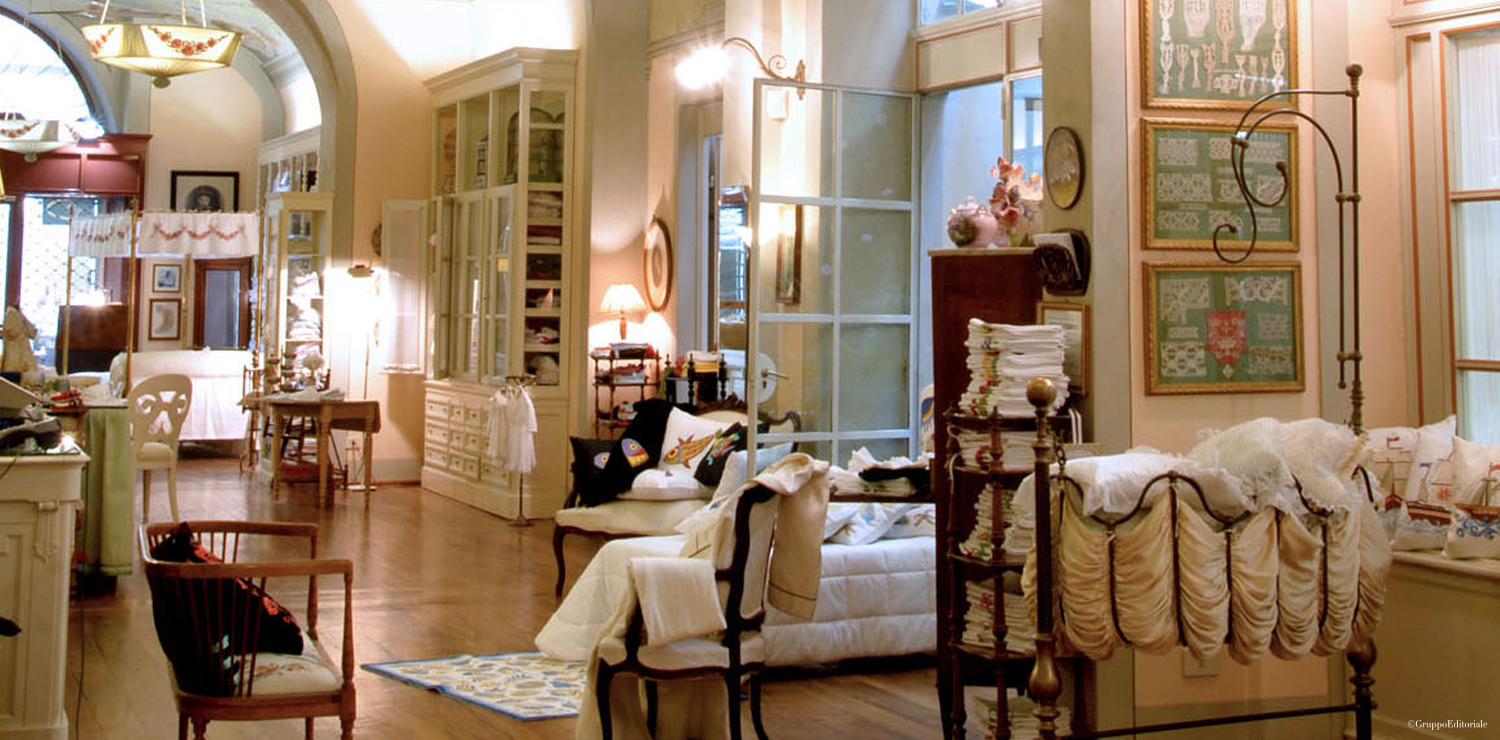 Loretta Caponi
Loretta Caponi
Loretta Caponi
Loretta Caponi opened her workshop and boutique in 1967. Since then, Caponi’s creations have graced the wardrobes of thousands of families, some famous, like the Rockefellers and Kennedys, others simply admirers of excellent quality. The 850 square-metre atelier, today managed by her daughter, Lucia Caponi, and grandson, Guido, is located in a beautiful Florentine palace and is home to more than 10,000 designs of men’s and women’s nightwear - bathrobes in linen, silk, cashmere and velvet for him; nightgowns in silk velvet, dévoré and georgette for her - as well as tablecloths, sponges, bedsheets, pillows, baby clothes and children’s pieces. Caponi also boasts ready-to-wear collections.
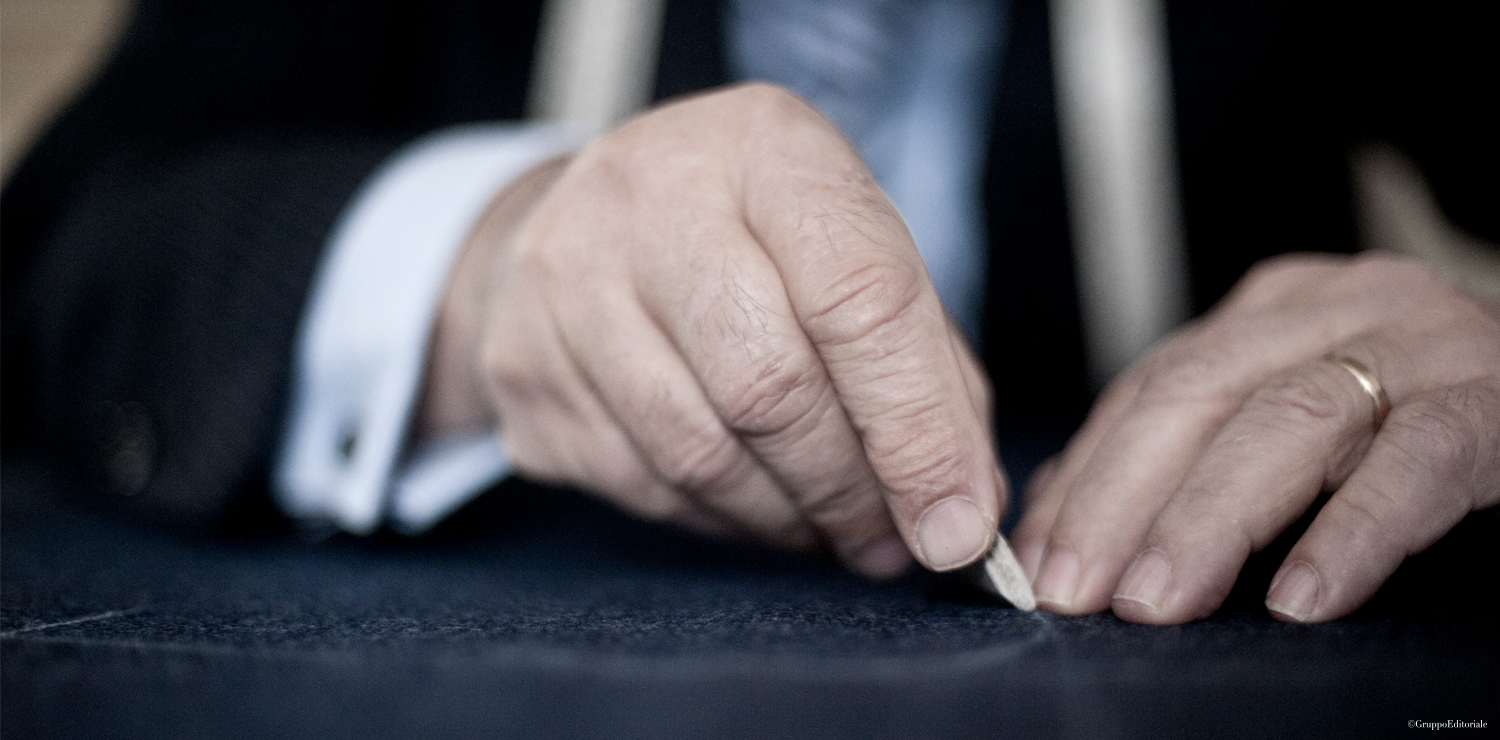 Sartoria Marinaro
Sartoria Marinaro
Sartoria Marinaro
In the sixties, Mario Sciales moved to Florence to work as assistant to Michele Marinaro, the owner of the tailor’s shop named after him and started in 1937, of which he became the owner in 1970. Every garment is strictly handmade, according to the dictates of the old tailoring school. The suit is cut on a linen pattern, on which the fabric is then placed to ensure perfect wearability. A personalized pattern is made specifically for each customer. The tailor’s shop has preserved the atmosphere of an earlier time, although it serves a vast clientele of bankers and businessmen from New York City.
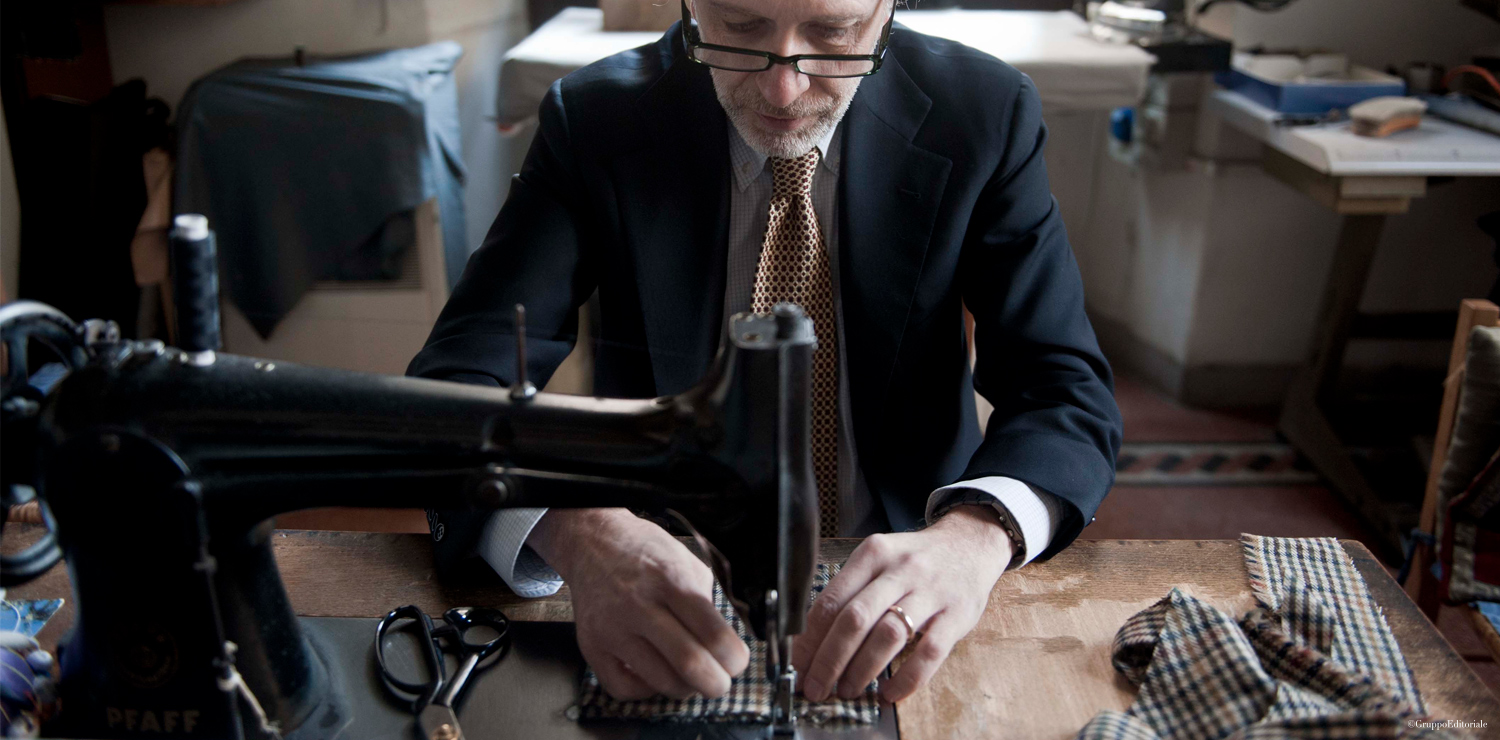 Sartoria Gianni Seminara
Sartoria Gianni Seminara
Sartoria Gianni Seminara
After years of training as a cutter and tailor in his hometown, Giuseppe Seminara started his first shop in Florence, which was then moved to the current premises downtown, in Via de’ Calzaiuoli. Today, his son Gianni runs the tailor’s shop. The fabrics are all carefully selected. Once the measurements are taken, the geometrical pattern is drawn on fabric or canvas and is used as a sample. The pieces are cut and sewn together and ready for the first fitting. The jacket will always fit loosely, but will never be as unstructured as Neapolitan jackets, nor as stiff as the English ones.
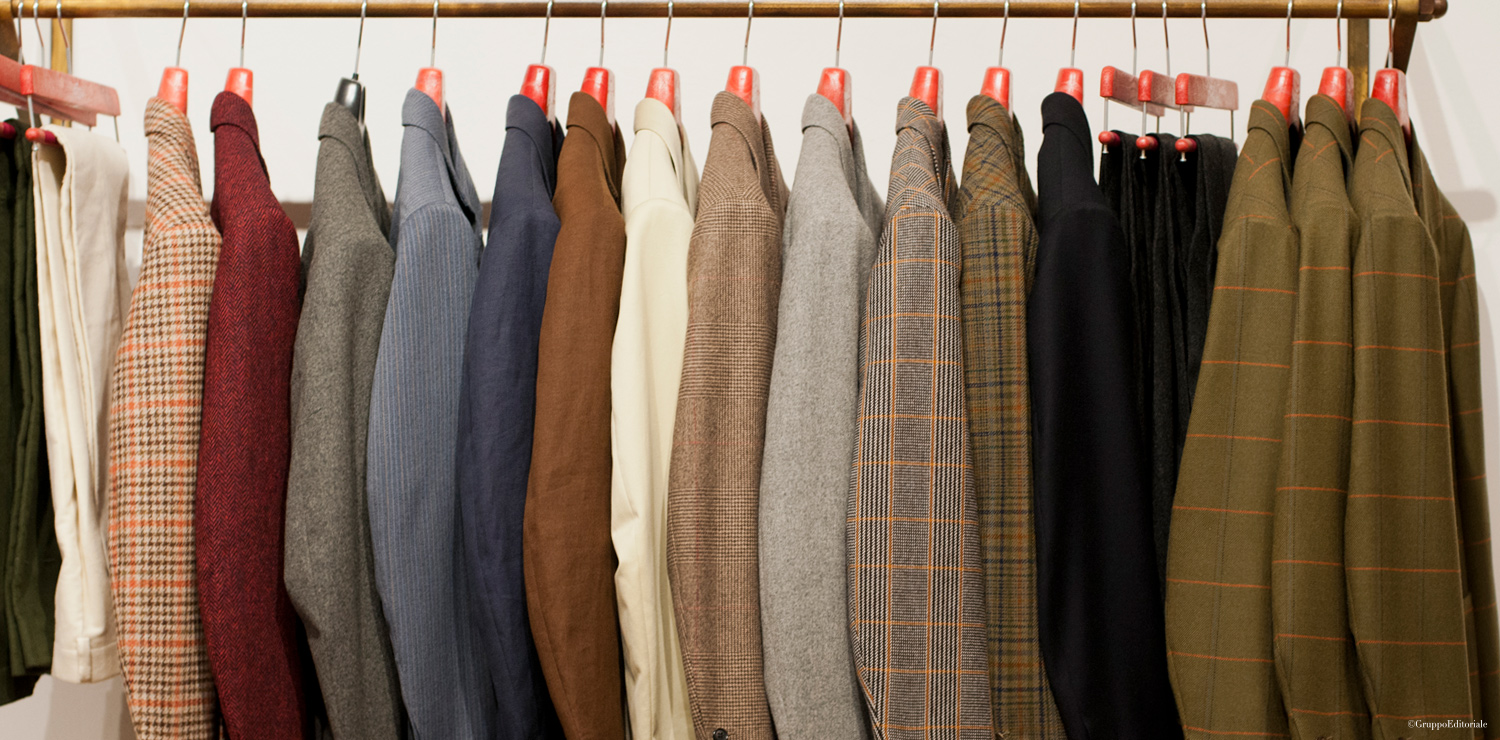 Sartoria Vestrucci
Sartoria Vestrucci
Sartoria Vestrucci
At nine years old, Loris Vestrucci decided that he wanted to become a tailor. Starting from the bottom, he learnt from the tailoring maestro Mealli before becoming a superb apprentice. It was his mentor Giuntini that taught him how to cut fabric and to master the subtleties and refinements of the Florentine sartorial school, that even today, 70 years after the beginning of his career, Vestrucci puts into his own creations. Today this tailor creates, in pure style and with an unmistakeably Florentine technique, jackets and ready-to-wear and made-tomeasure clothing, as well as offering a large range of shirts, ties, pocket squares and accessories that make up the complex aesthetics of this century’s Florentine gentleman.
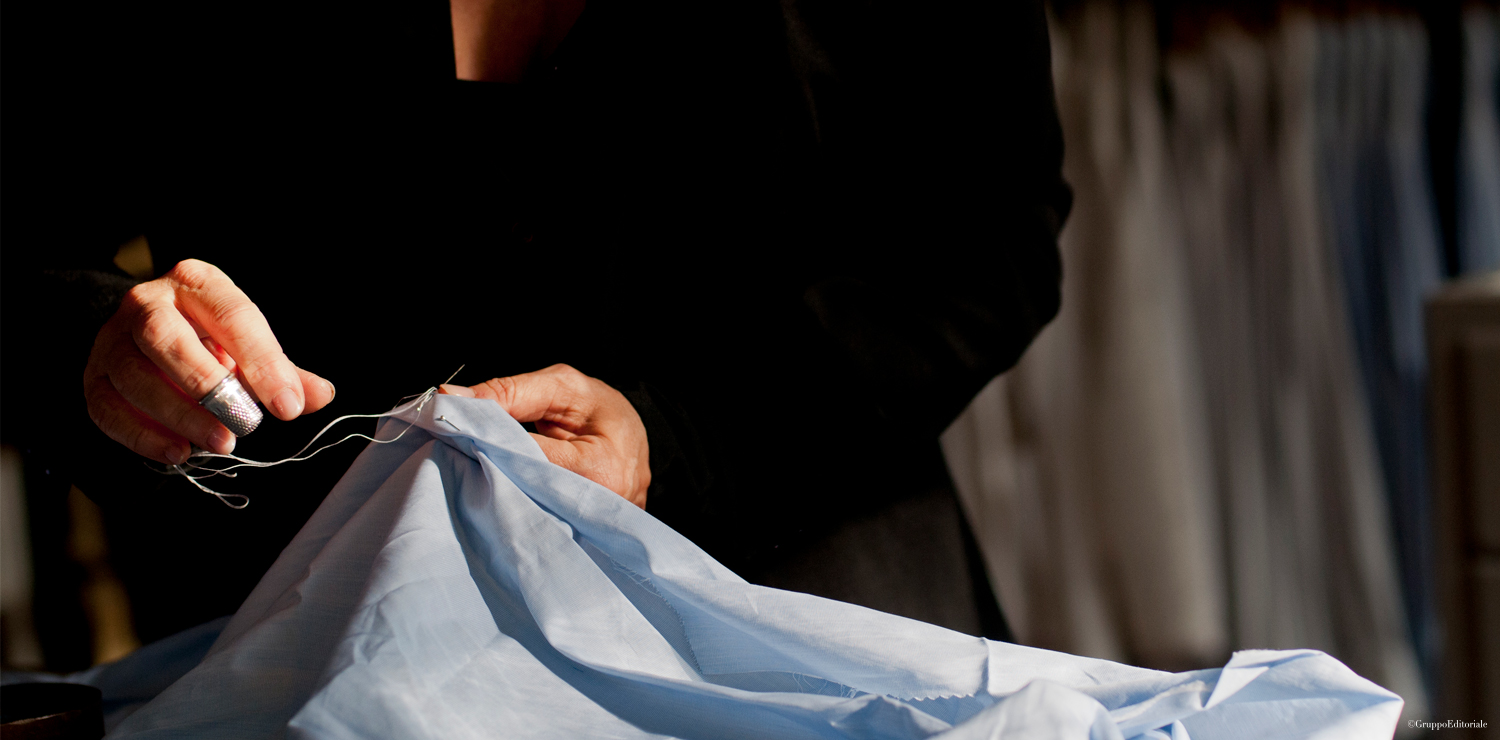 Paolo Gennari
Paolo Gennari
Paolo Gennari
The production of custom-made shirts is something of a family affair for Silvia and her husband Paolo Gennari, the business having been handed down for three generations. In this little artisan workshop you can watch all the stages of preparation and creation of a shirt: each one is crafted according to the tastes and requirements of the customer, who can choose not just the fabric and the model, but may also have it personalized with embroidered initials. The shirts are distinctive for their “Rose” logo and “Handmade in Florence” label, a guarantee of the very finest quality and of the provenance of the product.
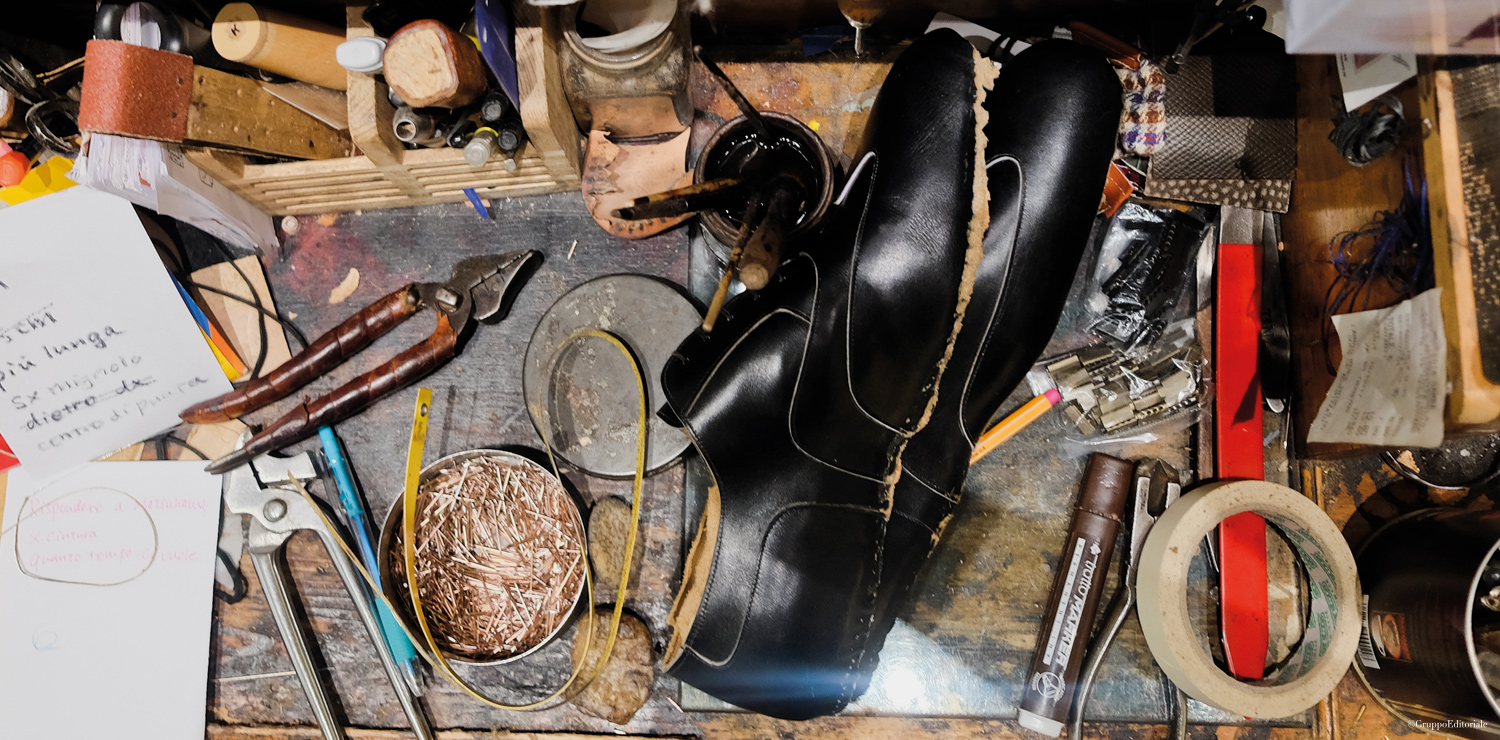 Stefano Bemer
Stefano Bemer
Stefano Bemer
The perfect Italian shoe: this was the ambitious goal that Stefano Bemer had when he opened his workshop in 1983. A few years later, the brand became one of the most renowned the world over for the technique, style and quality of its tailor-made footwear. The actor Daniel Day Lewis worked alongside this great master for one year, incognito, falling so in love with the art of shoemaking to the point that Martin Scorsese himself had to come to Florence to convince the actor to return to the film industry, hiring him for Gangs of New York. Today, in the deconsecrated church on via San Niccolò, the brand that carries on the excellent tradition of its roots, produces shoes that are assembled by hand, be they ready to wear, made-to-order or bespoke, offering an infinite variety of hides and colours.
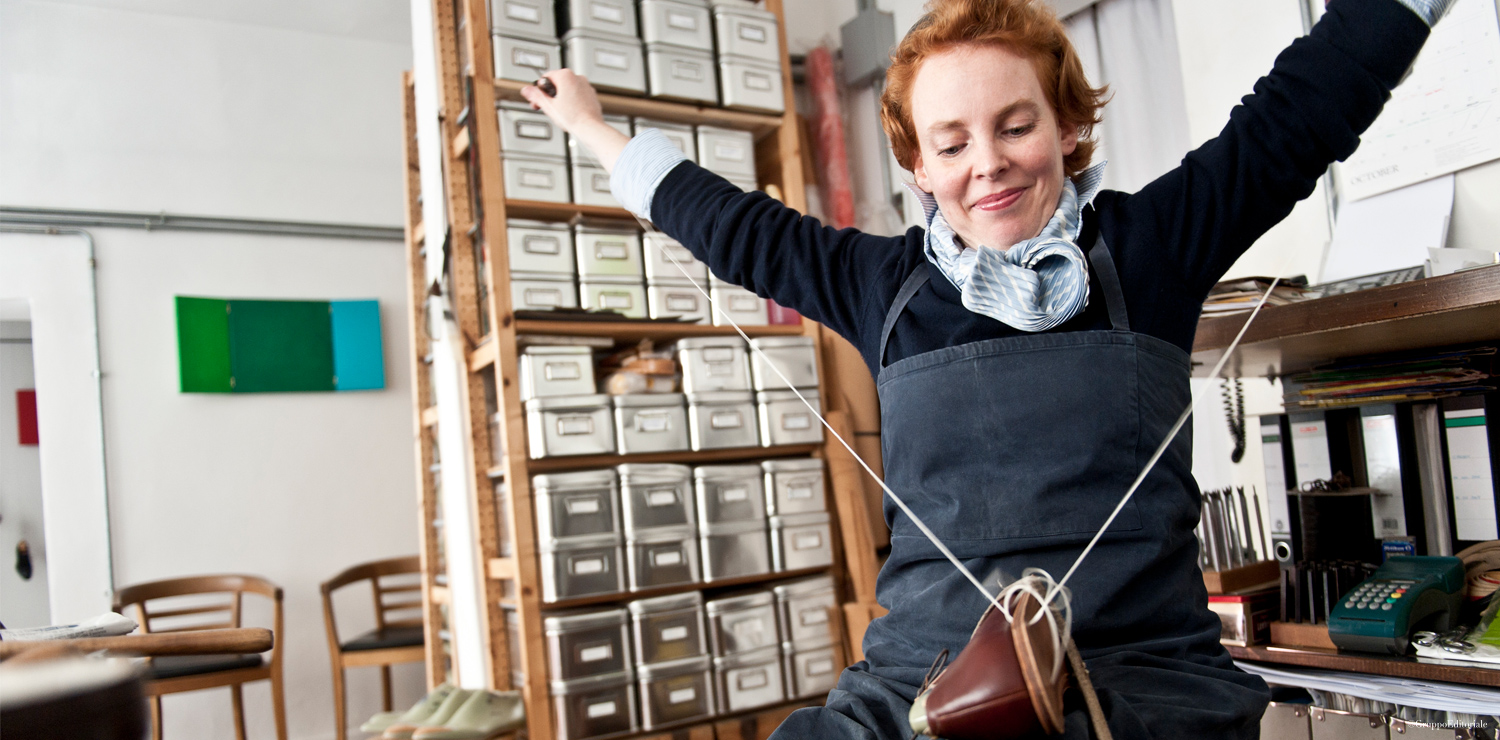 Saskia Scarpe su Misura
Saskia Scarpe su Misura
Saskia Scarpe su Misura
Vivian Saskia Wittmer learned how to craft bespoke shoes in Germany under the best Master shoemaker. Moving to Florence she improved her skills and techniques under Stefano Bemer, another prestigious name in the world of custom made shoes. For about 20 years, Saskia has had her own workshop where she makes men’s shoes completely by hand. The client explains his needs and ideas and she develops the personal model based on this. The shoes are created with leathers in the range from calf to kid, shark to camel, kangaroo to elephant skins.
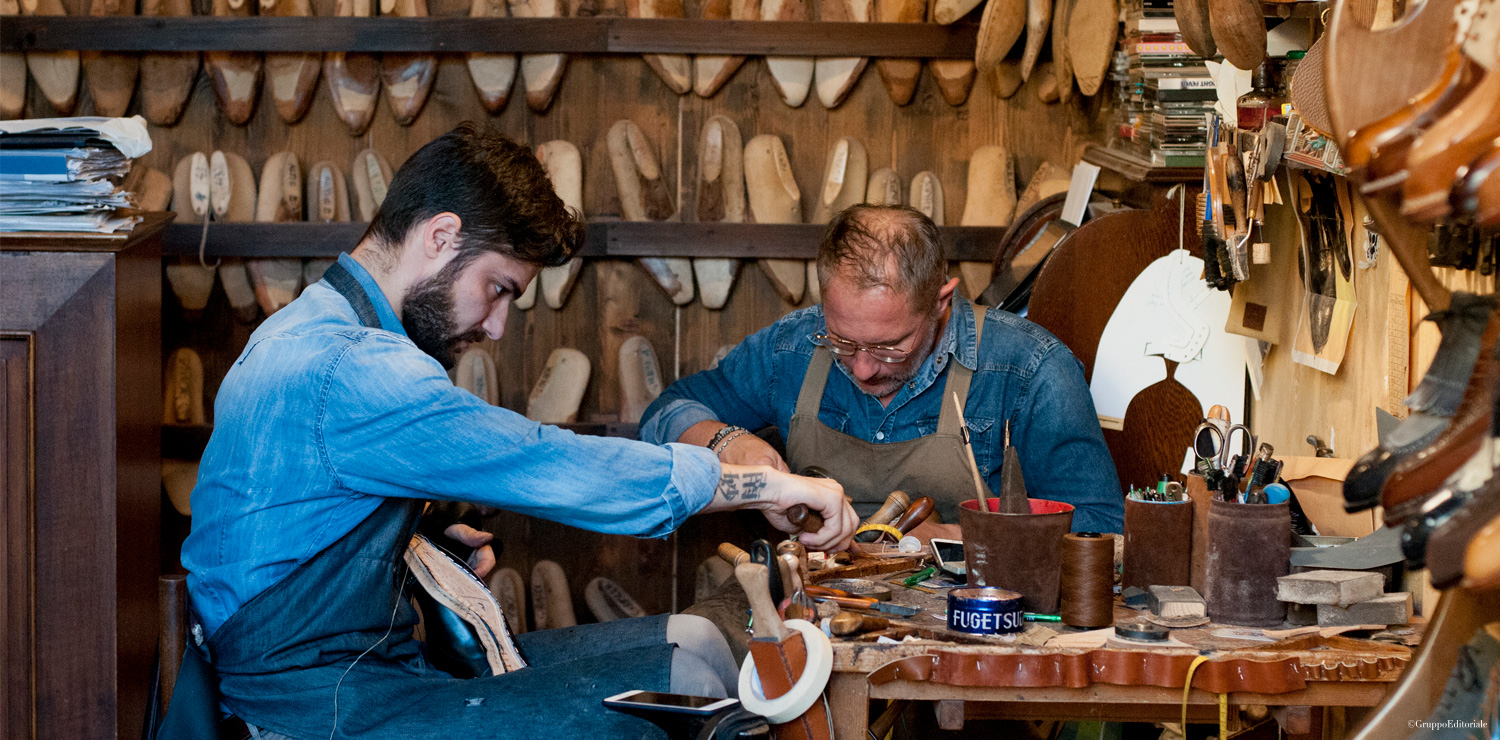 Roberto Ugolini
Roberto Ugolini
Roberto Ugolini
Located right in front of Santo Spirito Church, Roberto Ugolini’s laboratory is where shoes of the highest quality are produced with exclusively artisan methods. The Florentine shoemaker makes shoes the old way: everything begins with the choice of the model and the materials, but it with the use of the wooden last, modified according to the measurements of the foot, that the real “made in Tuscany” stage occurs. A workshop that is redolent of leather and tradition, but also of precision and uniqueness.
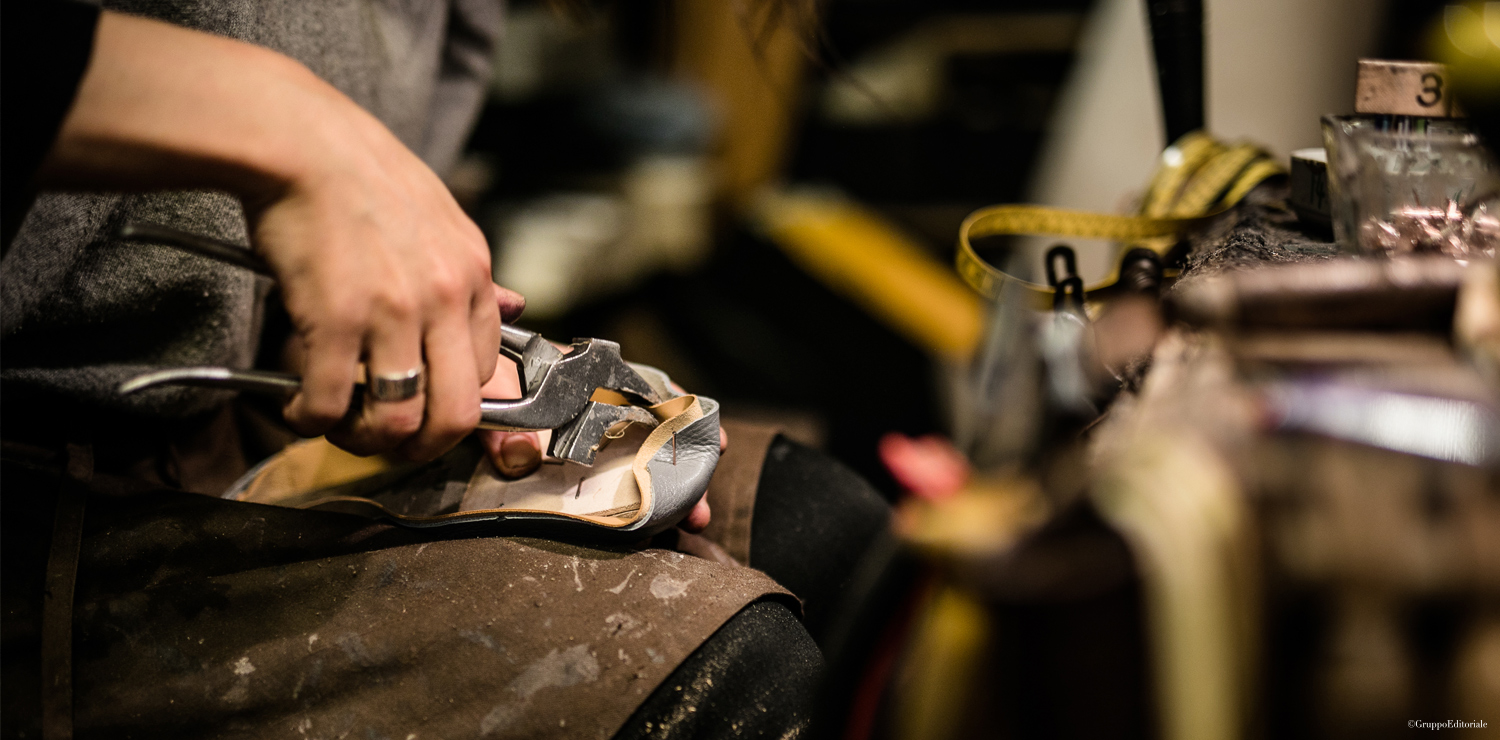 Mannina
Mannina
Mannina
Driven by his passion for artisanship and the local shoemaking tradition, Calogero Mannina opened a small laboratory for creating his exceptional and original shoes in the mid 1950s. Always attentive to change, over the years Calogero has managed to combine stimuli and inspiration from the fashion world with meticulous craftsmanship, research and top quality materials. This precious legacy has been handed down to his son Antonio, who now oversees the activities of the workshop and store, adding a touch of elegance and distinctive style. Today, as yesterday, men’s and women’s shoes are wholly handmade and are a perfect fit for even the most demanding foot.
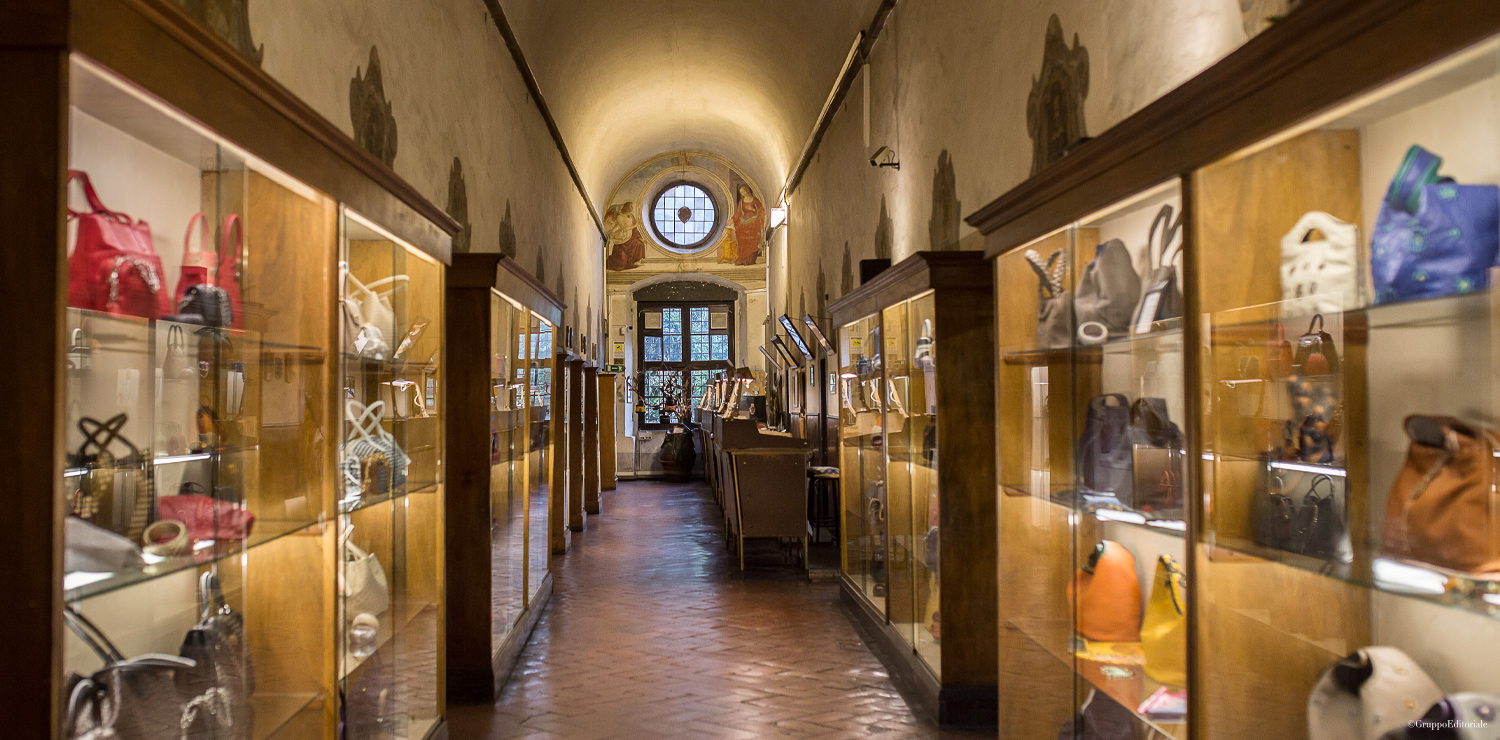 Scuola del cuoio
Scuola del cuoio
Scuola del cuoio
Scuola del Cuoio was founded in Florence in 1950 thanks to the joint initiative of the Gori and Casini families (Florentine leather artisans since 1930) and the Franciscan friars at the Basilica of Santa Croce, with the mission to teach war orphans artisan techniques for producing leather. Still today, the school carries out internationally-recognized educational activities. In addition to this, there is, of course, a thriving production industry, with bags, wallets, belts and jackets all made strictly by hand. Each piece is personalized in terms of size, hide and craftsmanship, and are made according to each client’s wishes.
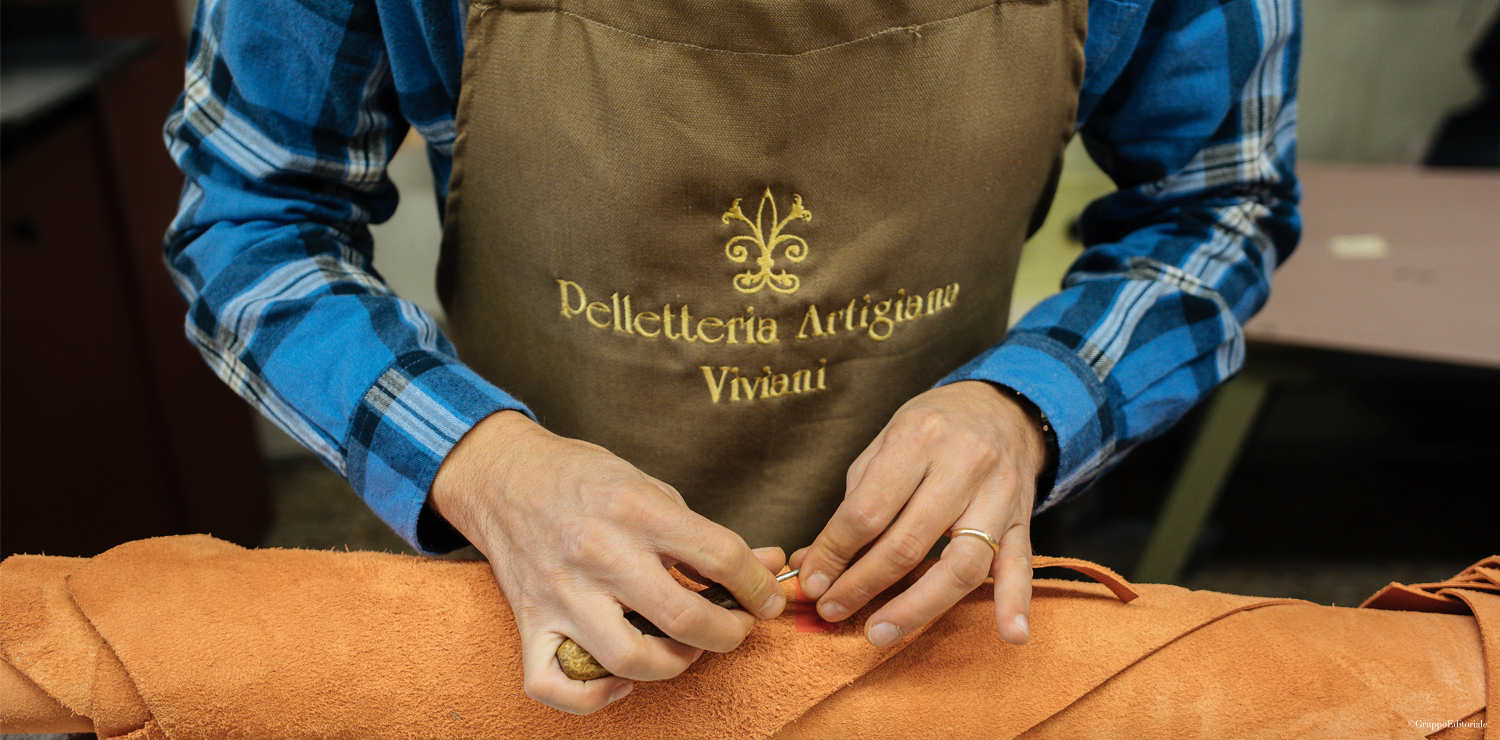 Pelletteria Artigiana Viviani
Pelletteria Artigiana Viviani
Pelletteria Artigiana Viviani
Pelletteria Artigiana Viviani has roots in the great Florentine artisan tradition of leather-making. Renato Viviani opened his workshop and boutique in the centre of Florence in 1965 after spending years mastering his craft, first in Guccio Gucci’s workshop in the 1920s and later in Buenos Aires in the ‘30s, ‘40s and ‘50s, where he became a master artisan. Women’s bags and work bags, wallets and belts, these original creations are designed, cut and assembled completely by hand. The hides used for all the products come exclusively from Tuscan tanneries. The workshop is today headed by Renato’s daughter and grandson, Viviana and Leonardo.
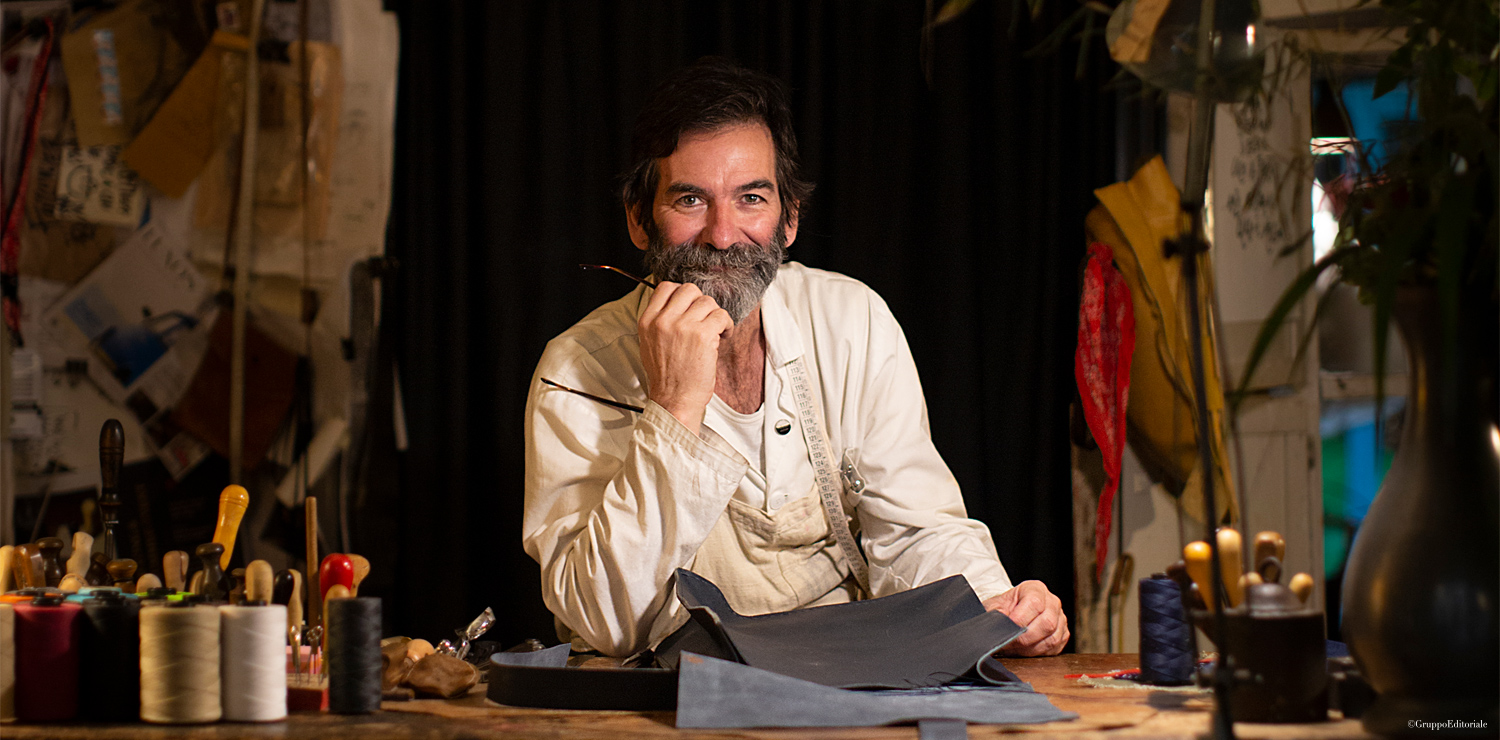 Dimitri Villoresi
Dimitri Villoresi
Dimitri Villoresi
In the heart of the Florence craft district of Oltrarno lies a hidden workshop in which the most original bags and accessories are created. Dimitri’s laboratory is a secluded but welcoming place, with a simple but fascinating feel about it, where the past and the present seem to mingle with the smell of leather and the sound of the clinking of ancient tools. Attention to detail, tradition, passion and poetry are the watchwords of this man and his workshop, which is also open to young people who wish to become Leather Artisans.
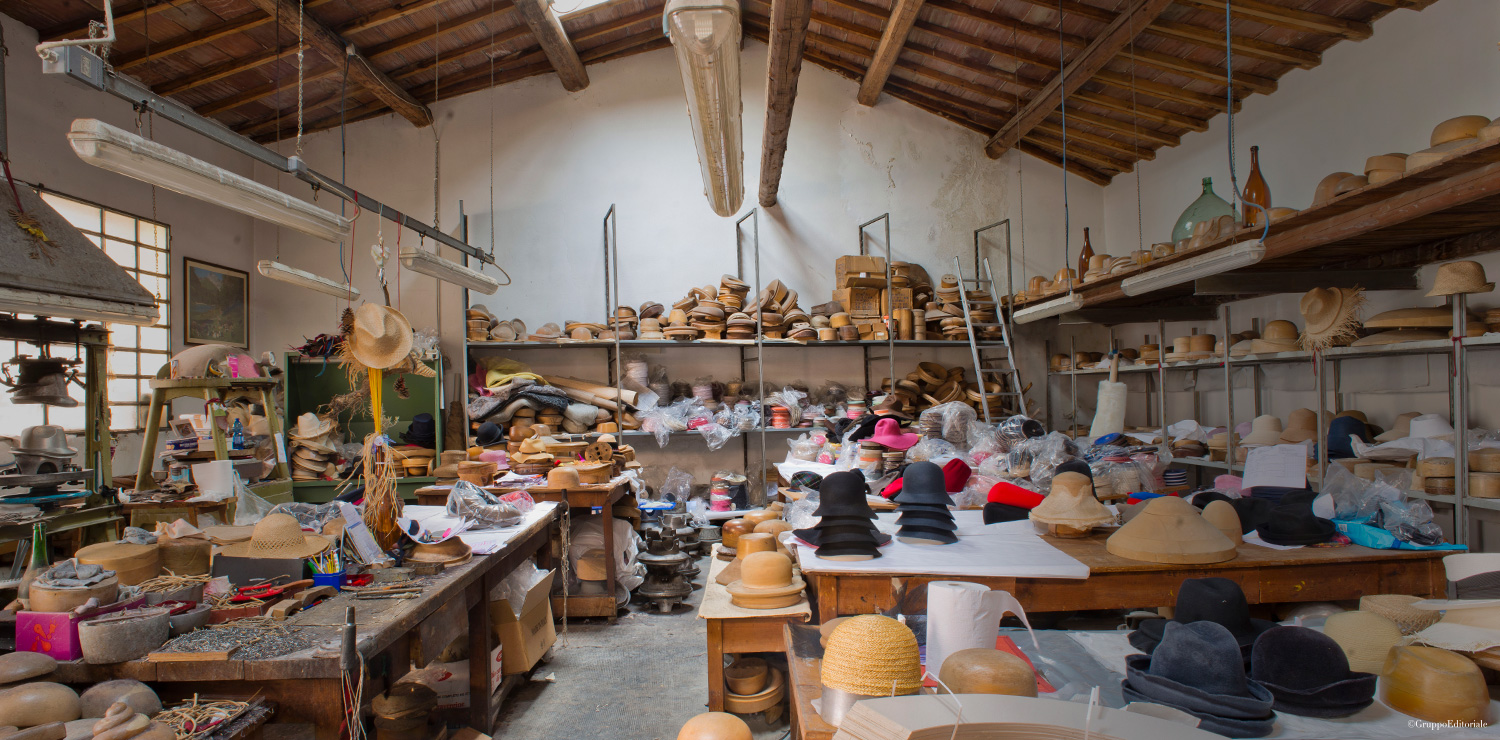 Grevi
Grevi
Grevi
The hat factory in Signa has been open since 1875. For over four generations, the Grevi family has been at the forefront of the evolution of the hat, from the glorious era of straw weavers, whose able hands crafted weaves as delicate as lace, to melusine and satin felt handcrafted by milliners of the 1930s to ‘50s and the first hats produced in stitched ribbon and plaits, never before seen and sold all over the world from the 1960s to today, now made with a new creative interpretation that’s more ironic and romantic and boasting a greater comfortable and informal wearability. These hats are beloved by international jet-setters, front and centre in the world of cinema and theatre and sold in the most prestigious stores.
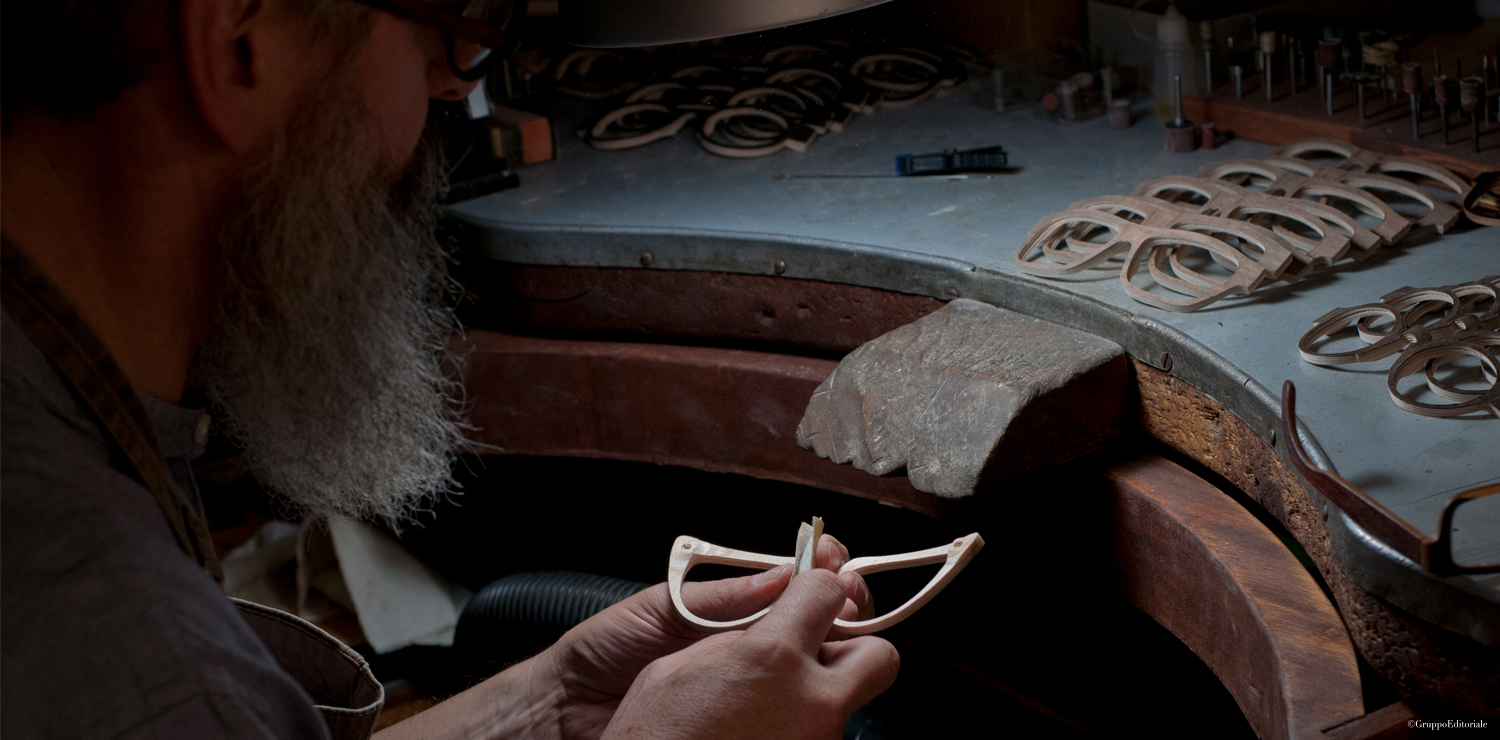 Woo Class
Woo Class
Woo Class
In 2004, the first pair of Woo Class glasses were made. From then onwards, Lisa Gabellini’s atelier has created frames that perfectly combine stile and comfort while considering the wellbeing of the wearer. Made with at least 11 layers of natural wood, the glasses are light, flexible and durable. The manufacturing process includes meticulously forming the nose bridge by using a traditional steam method, before being followed by more than 83 steps to finish the production process. Both the regular and bespoke lines in the collection are by designer Jochen Andreas Zeh, a master of extracting the full potential of such a rich material like wood.









